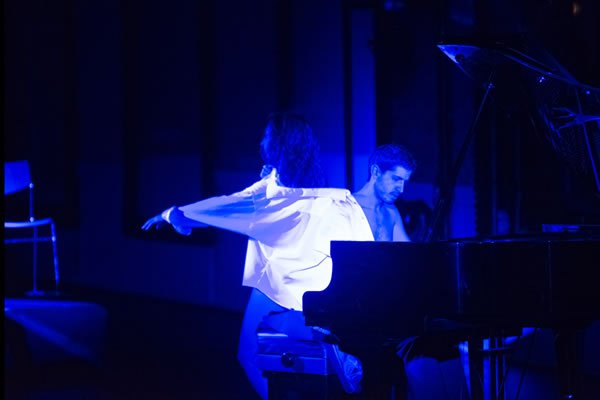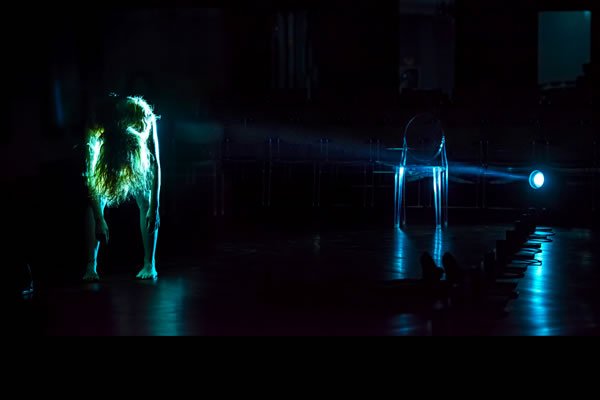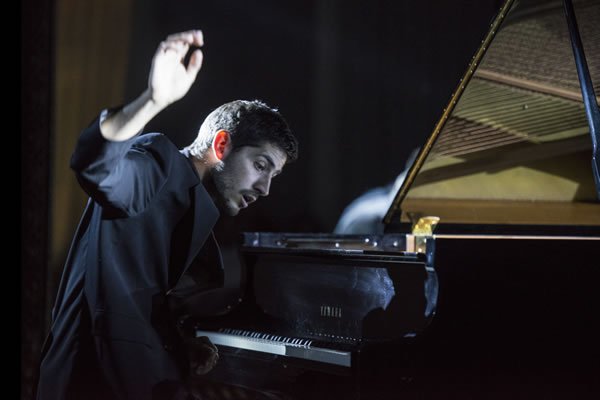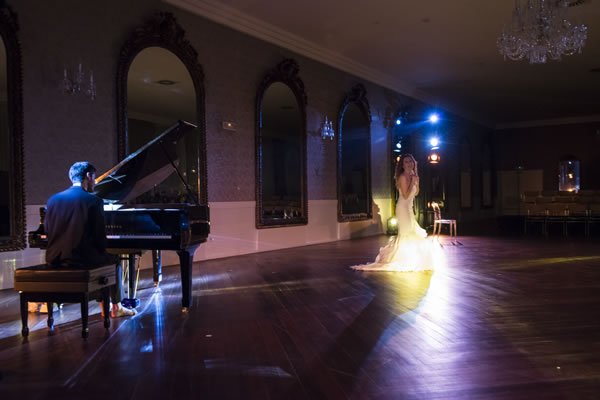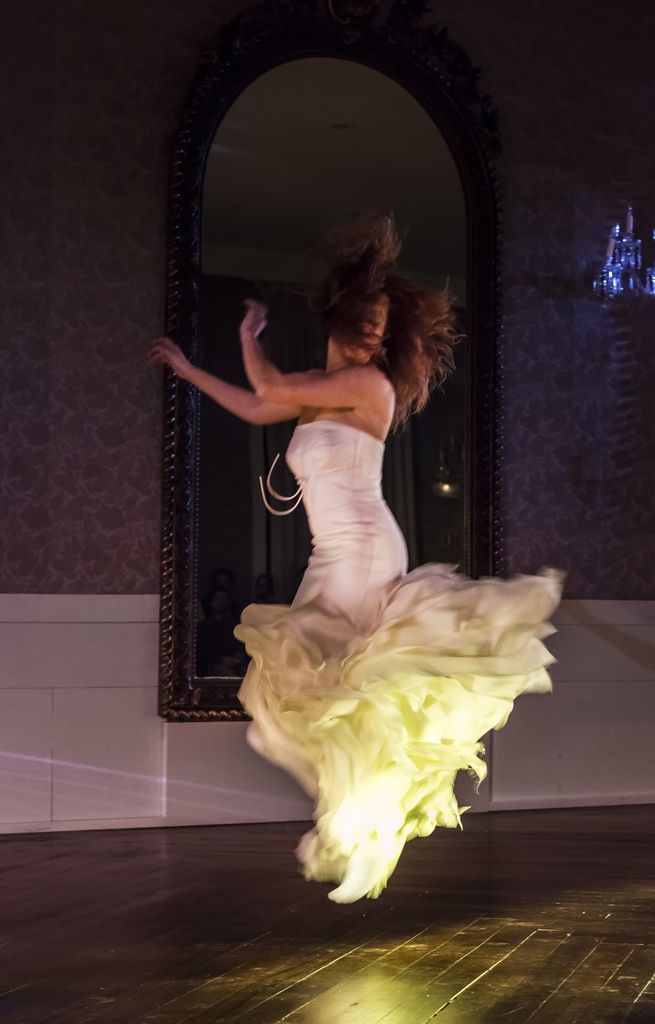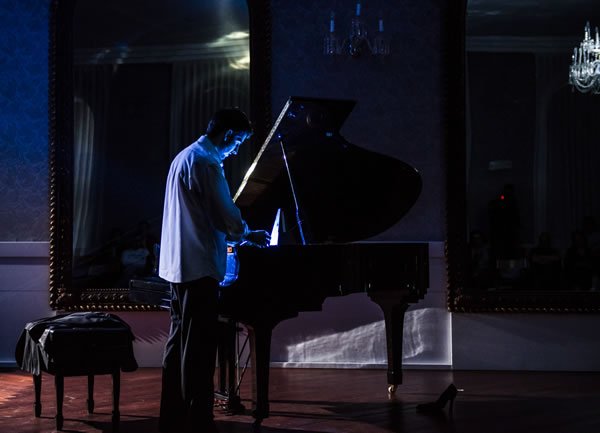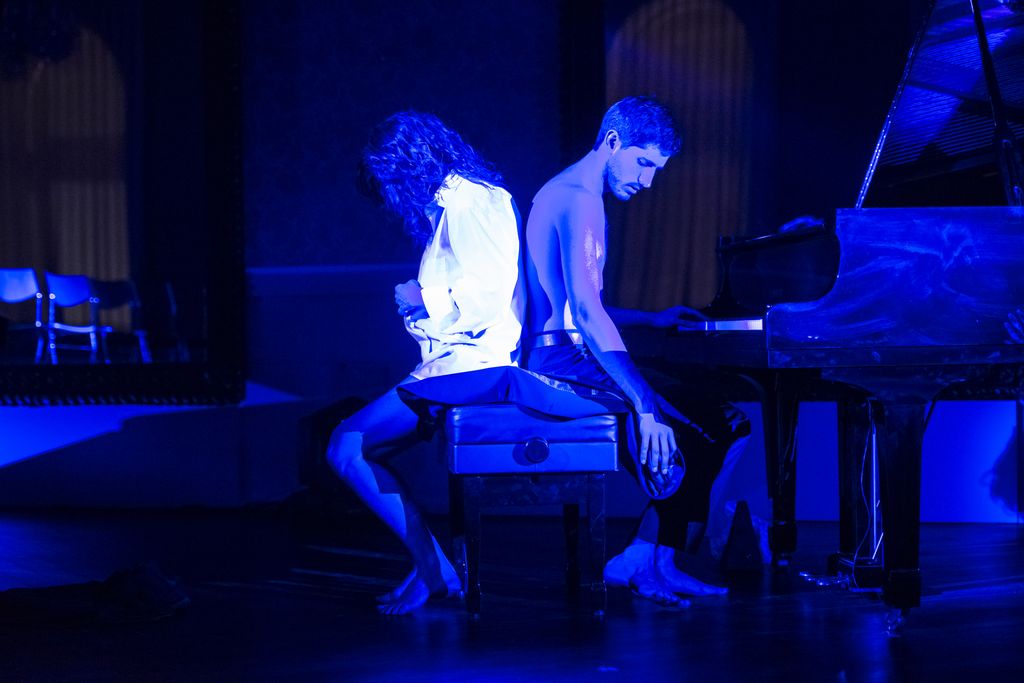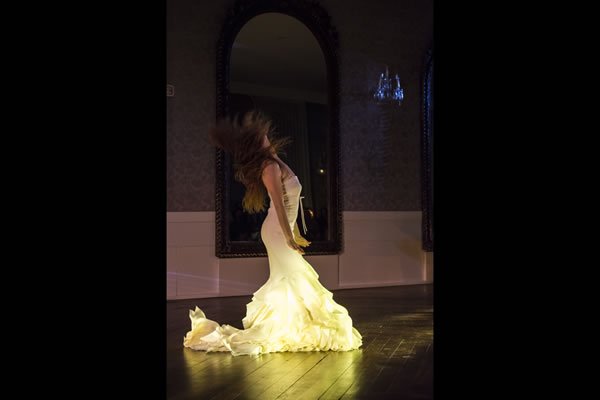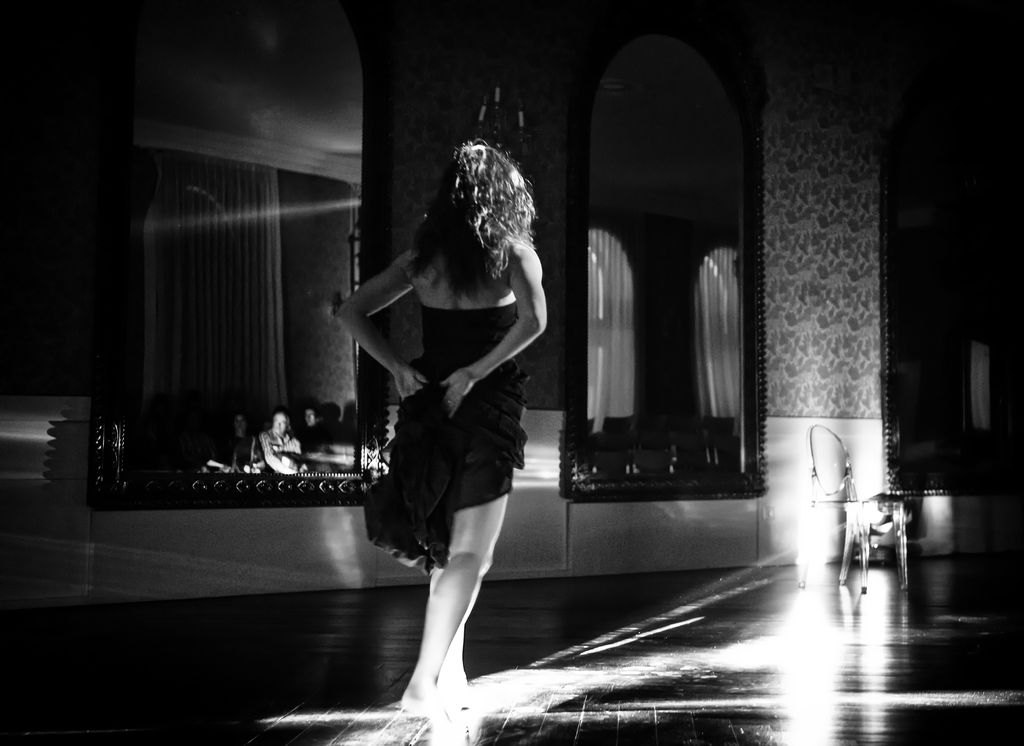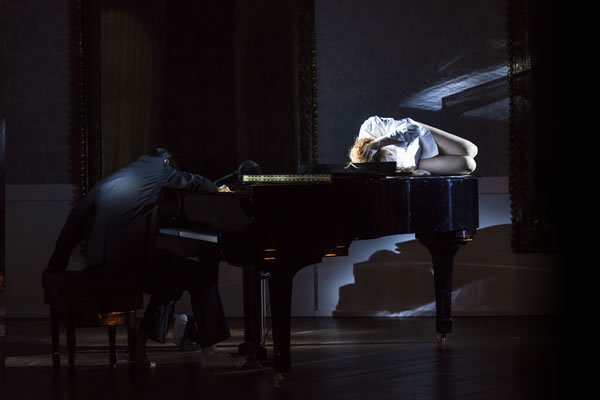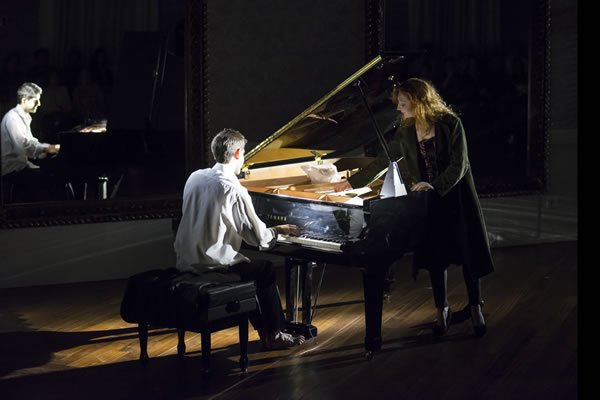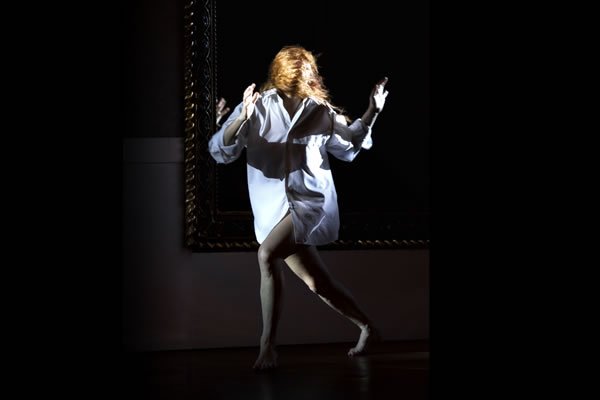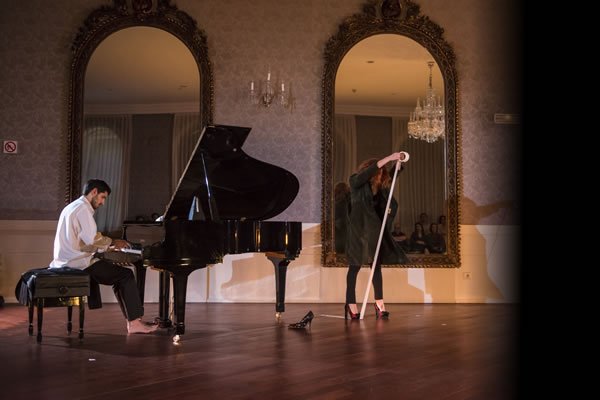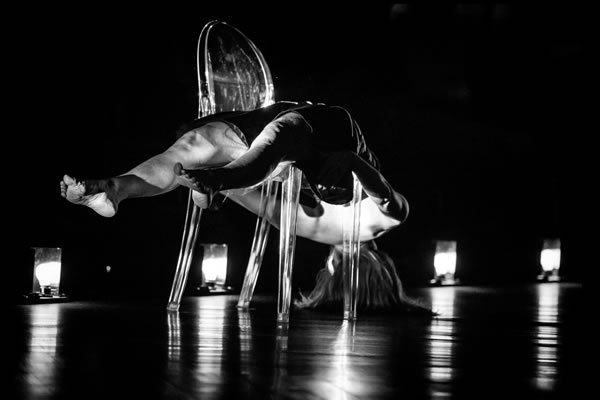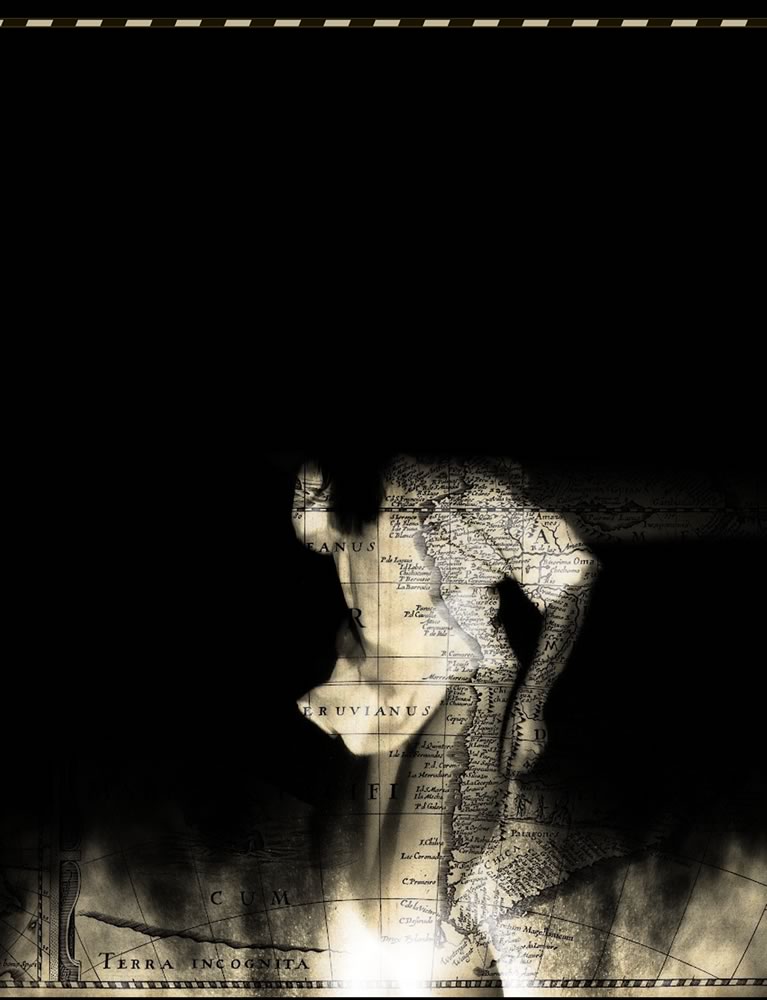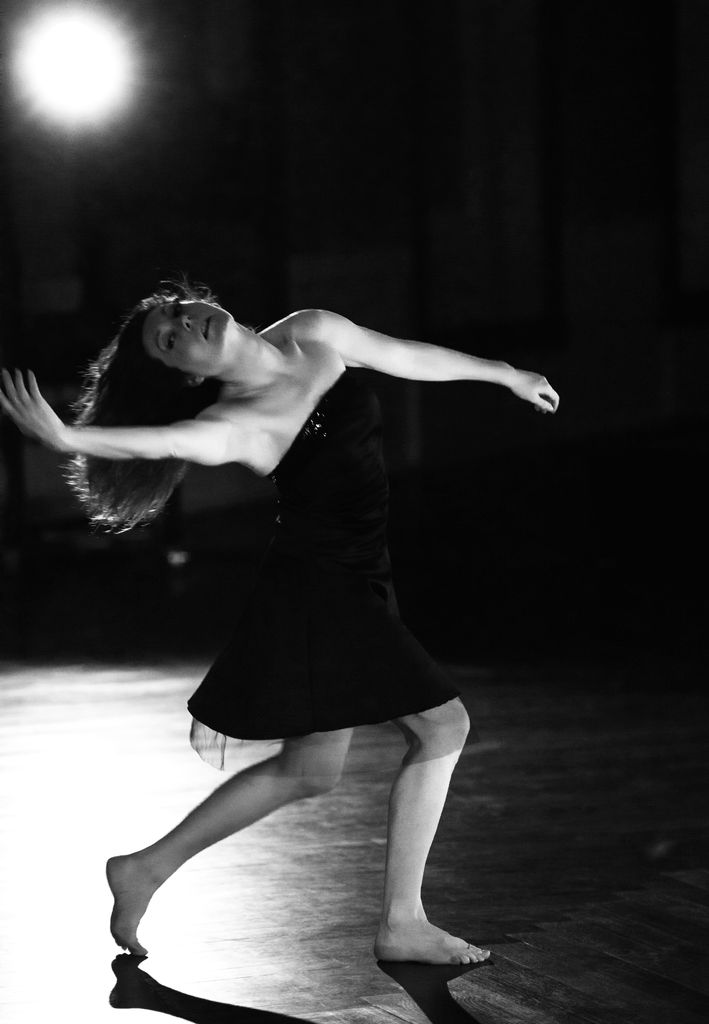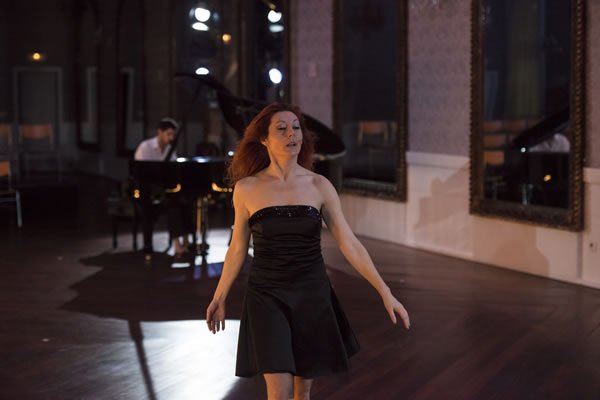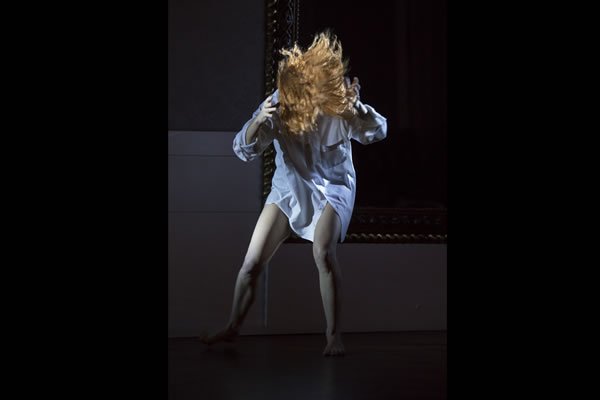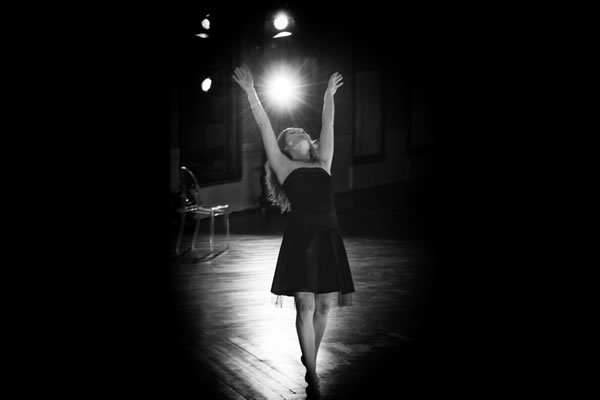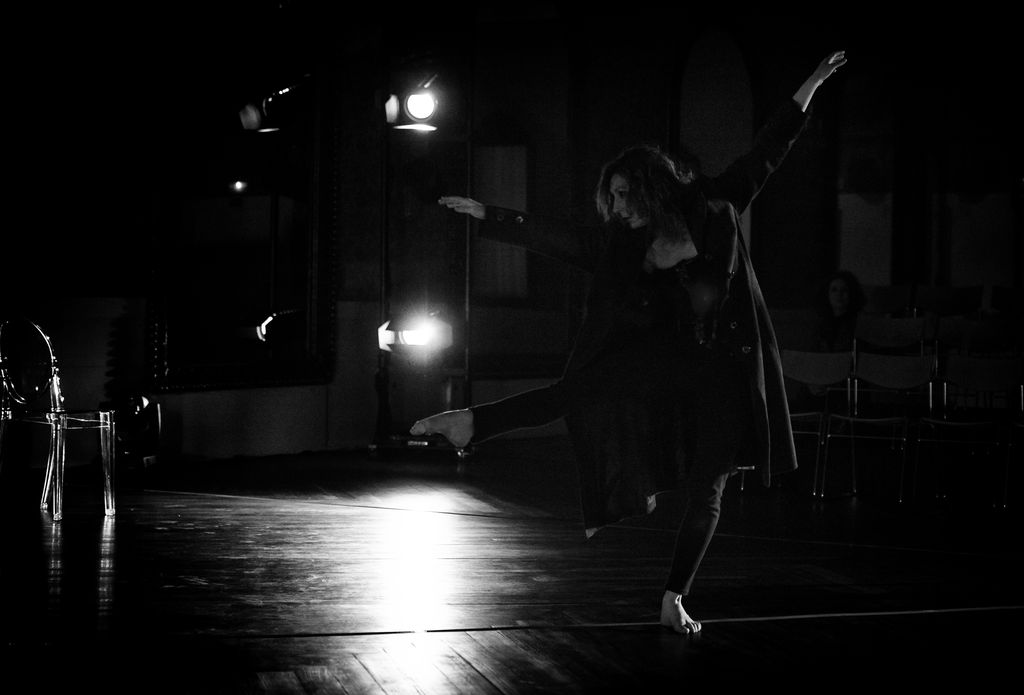The synopsis for "Study 1: Nocturne" describes it as a sensory exploration of the night and its multiple nuances, carried out through the language of contemporary dance. In this context, the dancers, immersed in darkness, move guided by the characteristic sounds of the night, thus generating poetic images that seek to evoke in the spectator sensations of dreams, fears and fantasies. The work is structured around the Chopin's "Nocturnes", which function as the main sound element and the guiding thread of the choreographic narrative. The concept of "deconstruction" It is applied at various levels within the show: in the musical scores, in the characterization of the pianist and in the choreography itself, thus creating an experience where time is perceived as an invisible thread that weaves the story, with the audience being the ultimate protagonist of this experience. The piece invites an introspective journey, particularly towards the feminine self, where emotions intertwine between pain and joy, restrictions and liberation, and oppression and resistance. Through an innovative artistic vision, Alicia Soto reinterprets these notions, transforming the “garden” into an interior space for each woman, a place where dreams and disappointments are preserved, and where the path to personal enlightenment is sought. The proposal, although visually pleasing and musically compact, can be perceived as distant in its attempt to get closer to the audience, for example, through writing on papers, which may seem somewhat artificial to some spectators.
“creating the perfect silence, the one that only the rumors of our body inhabit, hearing the blood slipping between the undulating softness of the veins, the beating of the blood, the beating artery of the neck, the pump of the heart, the vibration of the ribs , the gurgling of the intestines, the air whistling through the hairs of the noses”
(Saramago, 2007: 139).
Hall of Mirrors Premiere, Teatro Calderón.
As architecture, the Hall of Mirrors of the Calderón theater, Valladolid, a 19th century building.
The sound element, a piano and as a study and key point of the dramaturgy, "Nocturnes" by Chopin, these being the guiding thread of this cartography.
Pieces that will appear as tributaries in a diverse piano course.
Creating a musical dialogue between the protagonists: the room and the public, the pianist and the dancer.
The concept "deconstructing" will be exercised in all the elements of the work: in the scores, in the character of the pianist in front of the construction of the character of the dancer and in the choreographic movements, reinforced by the time that marks an invisible thread of this story. Creating two parallel realities.
A story whose last protagonist is the public.
At the end of the show, there will be a conversation with the audience.

